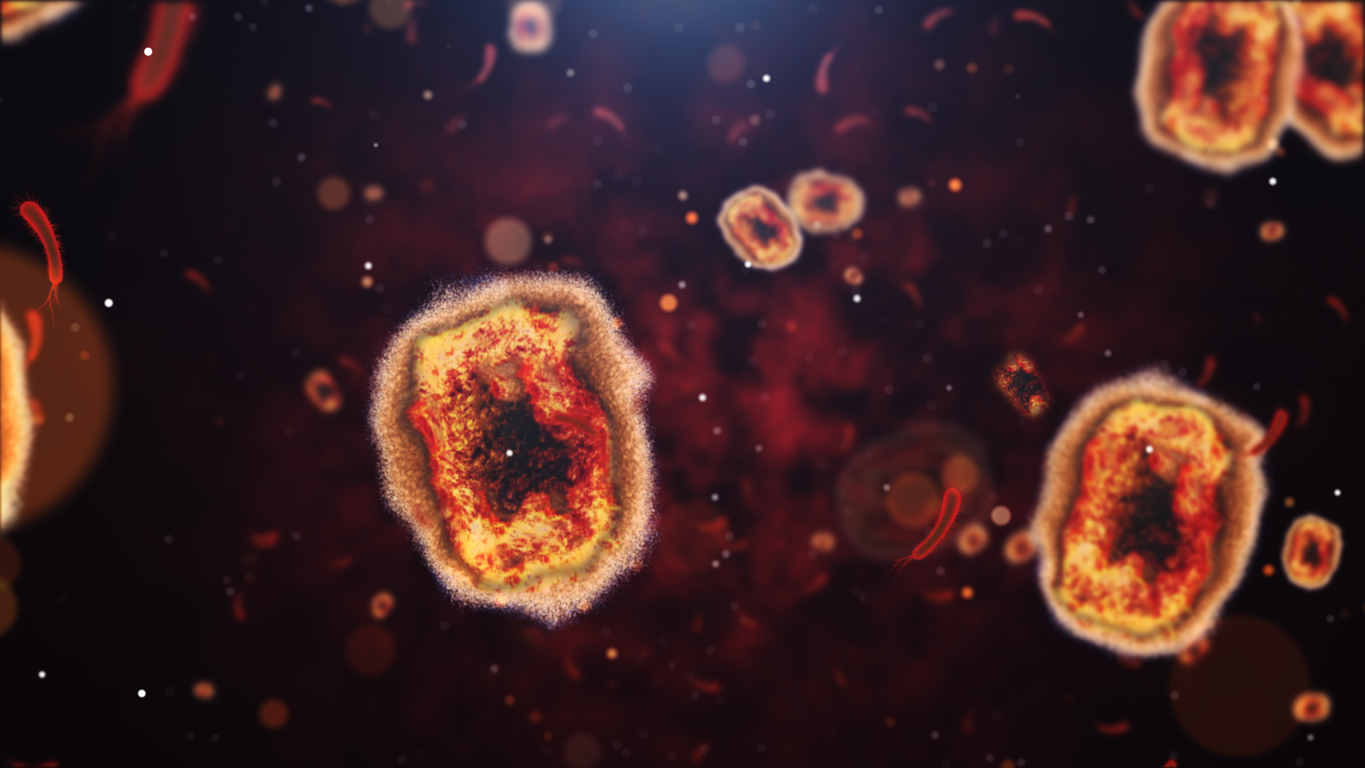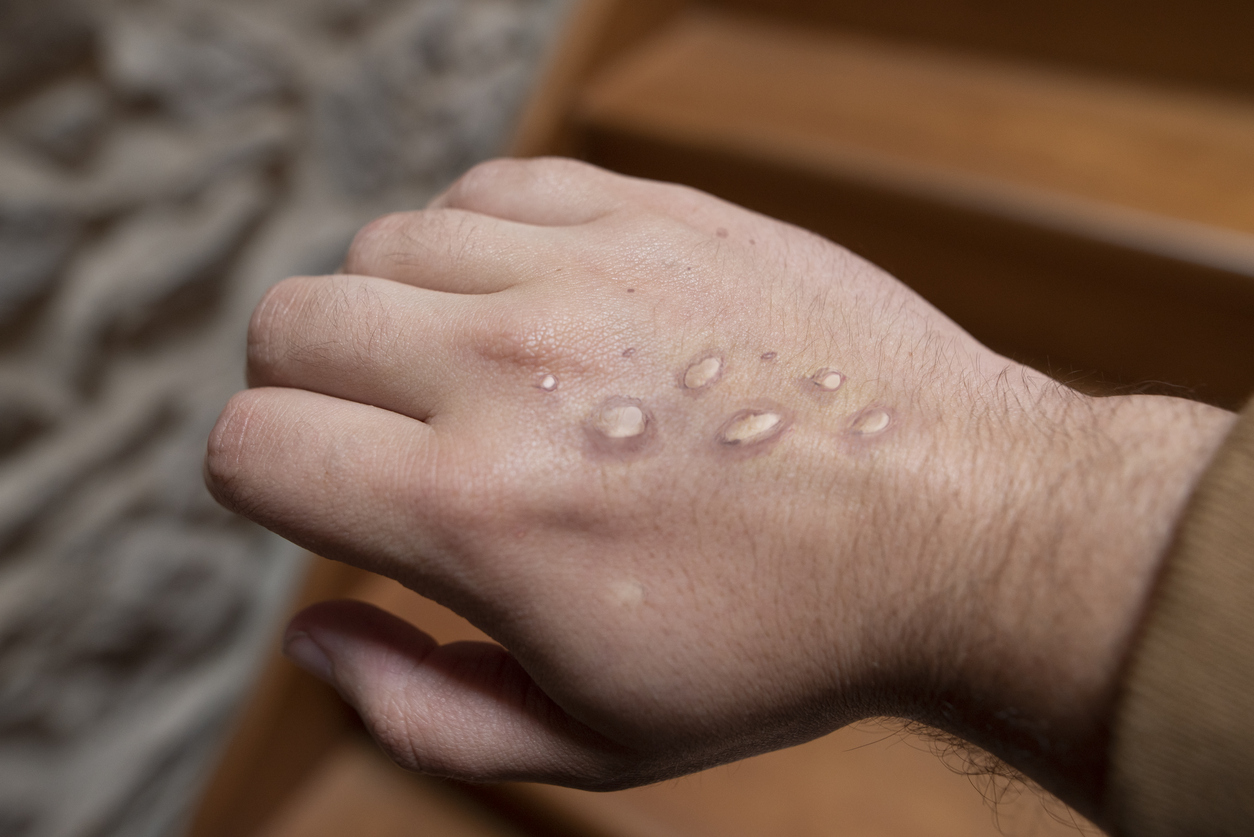
Elsevier created the Mpox Healthcare Hub to help healthcare professionals navigate the current outbreak. Here you will find evidence-based clinical resources, including clinical overviews, patient education, and drug monographs.


Note:
User acknowledges that these materials are provided for use at no charge as part of Elsevier’s efforts to support healthcare providers and patients. The information contained within the website is intended as a supplement to, and not a substitute for, the knowledge, expertise, skill and judgment of healthcare professionals involved in patient care. The content within this page may not be re-used, modified or re-distributed without prior written permission.
Cookies are used by this site. To decline or learn more, visit our cookie notice.
Copyright © 2025 Elsevier, its licensors, and contributors. All rights are reserved, including those for text and data mining, AI training, and similar technologies.